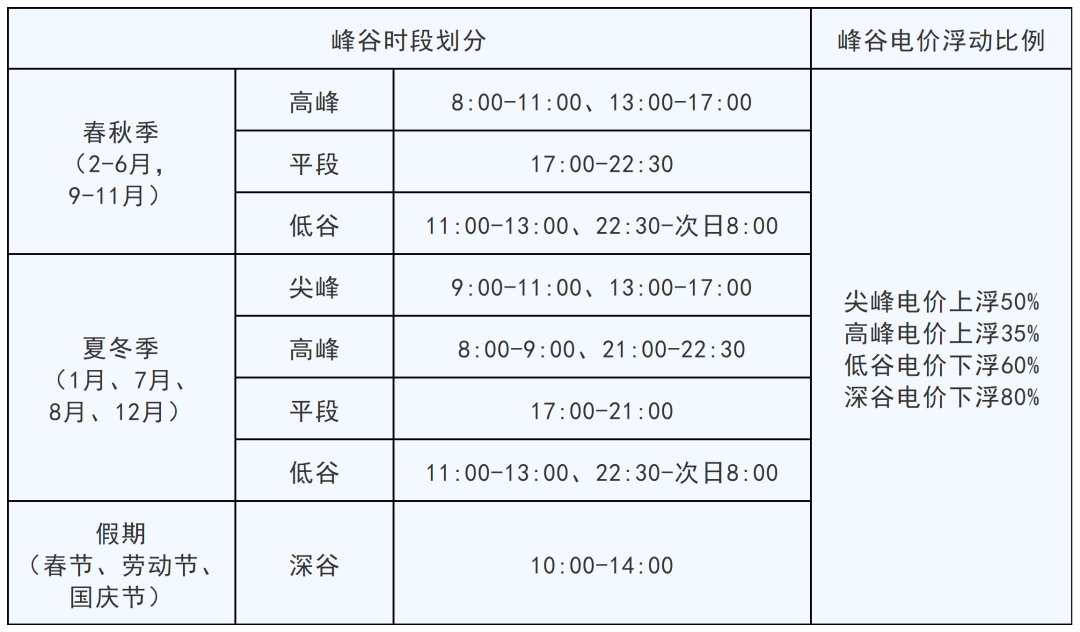Zhejiang promotes new pricing policy for EV charging
Starting Jan 1, 2024, Zhejiang province will implement measures to optimize electric vehicle charging prices, according to a notice from Zhejiang Provincial Development and Reform Commission and Zhejiang Administration of Market Regulation. The initiative aims to promote efficient, cost-effective, and standardized EV charging.
The notice introduces significant adjustments to the electricity pricing strategy for charging facilities in varied hours.
According to the notice, an extensive 11.5-hour low load period of charging everyday is to be set, the longest nationwide, including a two-hour low load period at noon.

The new regulated electricity charging prices in different hours of varied months, holidays. [Photo/WeChat account: wxlishui]
Seasonal peak periods will be set, but only will be enforced during January, July, August and December that usually see a surge of demand due to sultry or wintry weather. New notice also sets stable electricity prices during medium load periods.
To enhance pricing precision, the notice includes modifications to electricity prices during peak load periods. With the downward adjustment ratio for low load period electricity prices expands from 53 percent to 60 percent.
For residential and community charging facilities, the notice aligns prices with residential electricity rates during high load periods.
Operators of EV charging facilities are permitted to charge users for service fees, subject to market-regulated pricing. Operators must transparently display charging prices, including the total charging bill and a separate bill for electricity and service fees. No undisclosed fees are allowed.

The new regulated electricity charging prices in different voltages. [Photo/WeChat account: wxlishui]
The initiative is expected to result in a 10-percent to 15-percent reduction in the average electricity price for charging facilities in Zhejiang, fostering a sustainable development of the EV infrastructure and the new energy vehicle industry.
Beyond economic implications, the policy is aimed to accelerate the greenification and low-carbonization of the transportation sector, ensuring the stability of the power system, and facilitating the utilization of electricity.

 Lishui establishes intelligent biodiversity monitoring system
Lishui establishes intelligent biodiversity monitoring system New fungus species discovered in Qingyuan
New fungus species discovered in Qingyuan Lishui transforms weirs to aid fish migration
Lishui transforms weirs to aid fish migration